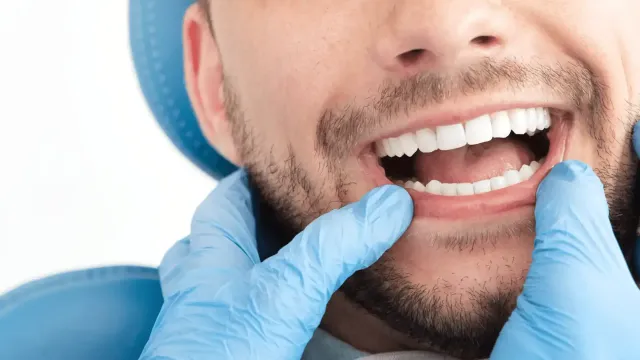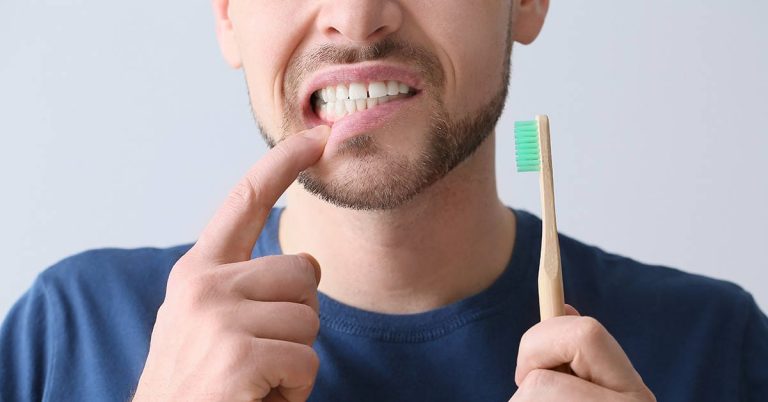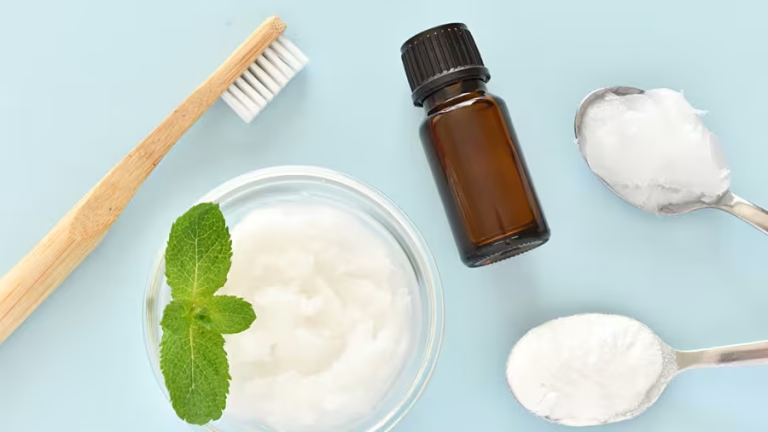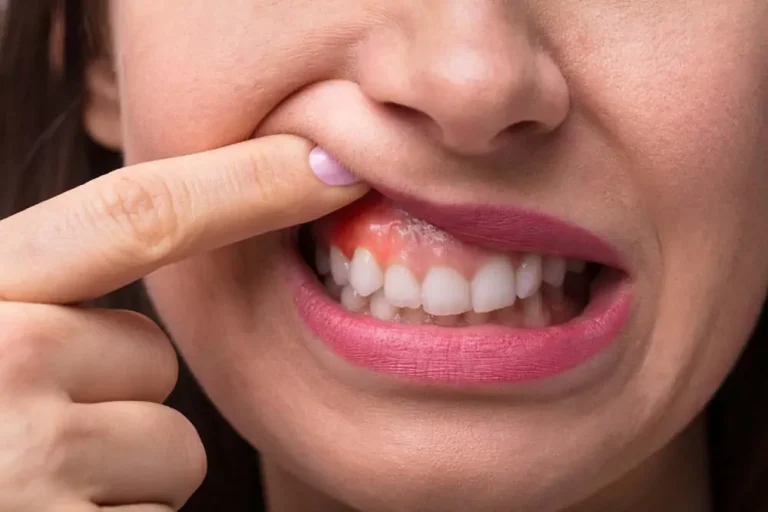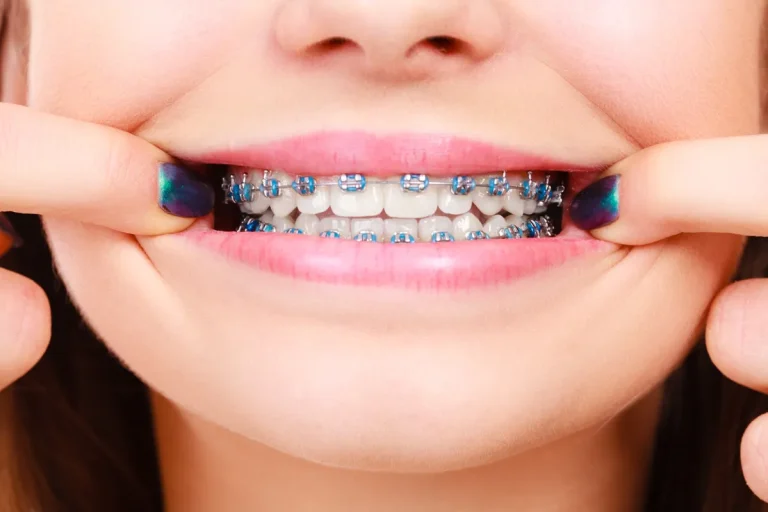A Smile Makeover: What to Expect During the Process
A smile makeover is more than just a cosmetic enhancement; it’s a transformative journey that can significantly boost your confidence and improve your overall appearance. If you’re considering this life-changing procedure, understanding what to expect during the process can help alleviate any anxiety and prepare you for the exciting changes ahead.
Detailed Explanation of the Smile Makeover Process
The smile makeover process typically begins with an initial consultation, where your dentist will assess your oral health and discuss your aesthetic goals. This stage is crucial as it lays the groundwork for a personalized treatment plan tailored to your unique needs. The consultation often includes a thorough examination of your teeth, gums, and bite, along with digital imaging to visualize potential outcomes.
Once your goals are established, the next step involves creating a comprehensive treatment plan. This plan may include various procedures such as teeth whitening, veneers, crowns, or orthodontic treatments. Each procedure is designed to address specific issues—whether it’s correcting misalignment, filling gaps, or simply enhancing the brightness of your smile.
Consultation and Treatment Planning Stages
During the consultation phase, you’ll have an open dialogue with your dentist about what you want to achieve. This is your chance to express any concerns and ask questions about the procedures involved. The dentist will also review your dental history and may take X-rays or impressions of your teeth to aid in planning.
After gathering all necessary information, your dentist will outline a customized treatment plan. This plan will detail the types of procedures recommended, their sequence, and the estimated timeline for completion. For instance, if you require orthodontic work before other cosmetic treatments, that will be prioritized in your schedule.
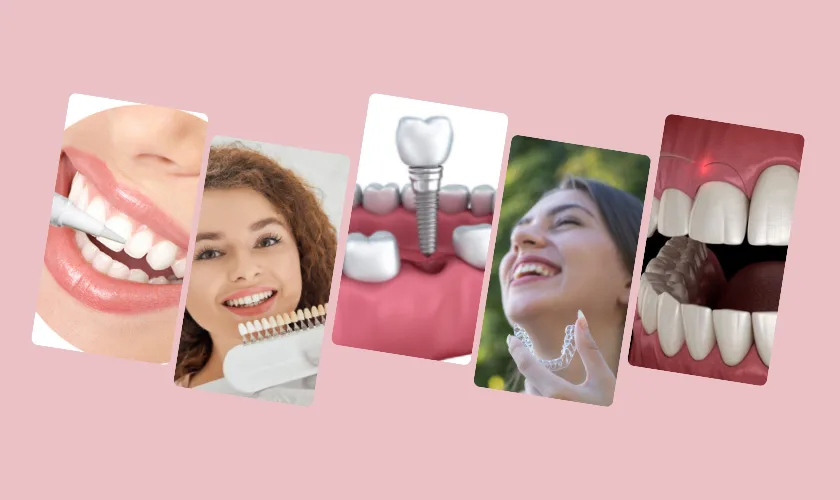
Types of Procedures Involved in a Smile Makeover
A smile makeover can encompass a variety of cosmetic and restorative procedures. Here are some common treatments that might be included:
- Teeth Whitening: A popular choice for brightening dull or stained teeth. This can often be completed in one session.
- Veneers: Thin shells of porcelain or composite resin that cover the front surface of teeth to improve their appearance.
- Crowns: Caps placed over damaged teeth to restore their shape and function while enhancing aesthetics.
- Bridges: Used to replace missing teeth by anchoring onto adjacent teeth.
- Implants: Permanent solutions for missing teeth that involve placing a metal post into the jawbone.
- Orthodontics: Treatments like braces or clear aligners to straighten misaligned teeth.
Each procedure has its own timeline and recovery considerations, which will be discussed during your consultation.
Recovery and Maintenance After the Procedure
After completing your smile makeover, recovery times can vary depending on the procedures performed. For example, while teeth whitening may require minimal downtime, dental implants might necessitate several weeks for healing before final restorations are placed.
Post-treatment care is essential for maintaining your new smile. Your dentist will provide specific instructions based on the procedures you underwent. This may include recommendations for oral hygiene practices, dietary adjustments, and follow-up appointments to monitor progress.
Regular dental check-ups are crucial to ensure that your smile remains healthy and vibrant. Your dentist may suggest professional cleanings or touch-up treatments as part of your ongoing maintenance routine.
To illustrate the impact of smile makeovers, consider real-life stories where patients regained their confidence through these procedures. For instance, Sarah received dental implants at Welham Green Dental, which restored her smile and confidence after an accident1. Similarly, John, a local businessman, underwent teeth whitening and short-term orthodontics, transforming his smile and boosting his self-esteem. These transformations highlight the profound effect a smile makeover can have on an individual’s life.
Conclusion
A smile makeover is an exciting opportunity to enhance not just your appearance but also your self-esteem. By understanding each step of the process—from initial consultation through recovery—you can approach this transformative journey with confidence. Whether you’re looking for subtle changes or a complete overhaul, working closely with a skilled dental professional will help you achieve the radiant smile you’ve always dreamed of. So why wait? Take that first step towards a brighter future today!
Ultimately, the goal of a smile makeover is to provide you with a smile that not only looks fantastic but also feels comfortable and functions correctly. The benefits extend far beyond aesthetics, impacting your psychological well-being and overall quality of life. With improved self-confidence and enhanced social interactions, a smile makeover can truly transform your life in ways you never thought possible. By investing in your smile, you’re investing in a brighter, more confident you.
FAQs
1. What is a smile makeover?
A smile makeover is a transformative dental process designed to enhance your smile through various cosmetic and restorative procedures, boosting confidence and overall appearance.
2. What happens during the initial consultation?
During the consultation, your dentist will assess your oral health, discuss your aesthetic goals, review your dental history, and may take X-rays or impressions to create a personalized treatment plan.
3. What procedures might be included in a smile makeover?
Common procedures include teeth whitening, veneers, crowns, bridges, implants, and orthodontics (like braces or clear aligners).
4. How is a smile makeover treatment plan developed?
The dentist gathers information about your goals and dental health and then outlines a customized plan detailing the recommended procedures, their sequence, and the estimated timeline.
5. How long does recovery take after a smile makeover?
Recovery time varies depending on the procedures performed. Teeth whitening has minimal downtime, while dental implants may require several weeks for healing.
6. What is the purpose of veneers?
Veneers are thin shells of porcelain or composite resin that cover the front surface of teeth to improve their appearance by correcting imperfections.
7. Why might orthodontics be included in a smile makeover?
Orthodontic treatments like braces or clear aligners straighten misaligned teeth, which is sometimes necessary before other cosmetic procedures.
8. What kind of maintenance is required after a smile makeover?
Maintenance includes good oral hygiene practices, dietary adjustments, regular dental check-ups, professional cleanings, and possible touch-up treatments.
9. How do dental implants help in a smile makeover?
Implants are permanent solutions for replacing missing teeth. They involve placing a metal post into the jawbone to support a replacement tooth, improving both function and aesthetics.
10. What are the benefits of a smile makeover beyond aesthetics?
Beyond improving appearance, a smile makeover can significantly boost self-esteem, enhance social interactions, and improve overall psychological well-being.



